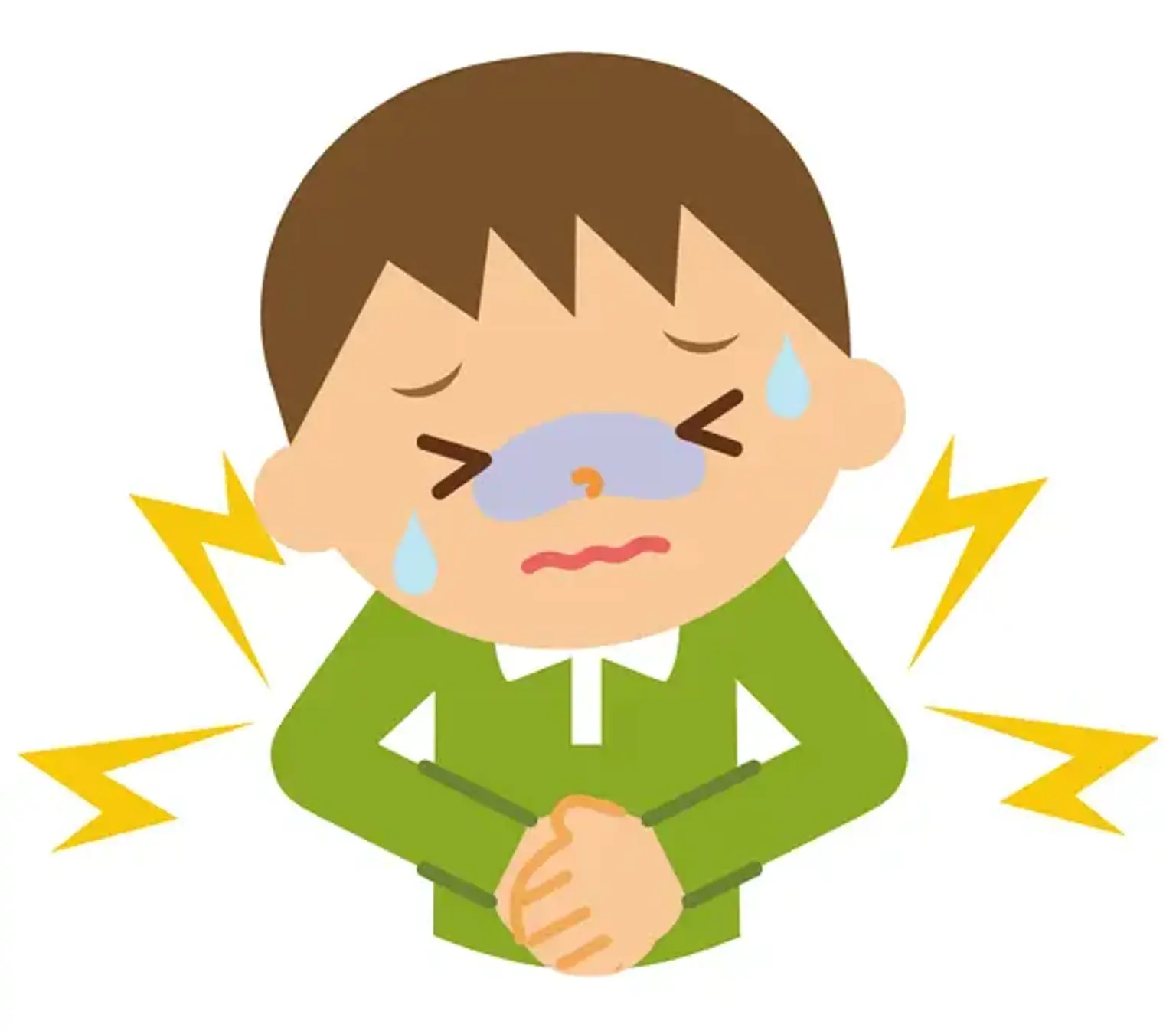Lower Urinary Tract Dysfunction
Overview
More than 10% of kids have lower urinary tract dysfunction, which frequently necessitates contact with the healthcare system. It is critical to provide therapy since the condition is socially restrictive as well as intellectually and physically demanding for children and their parents.
Lower Urinary Tract Dysfunction, commonly known as dysfunctional voiding, is a disorder that affects many children. It is not a major problem, but it is certainly unpleasant. Dysfunctional voiding is thought to be caused by a lack of coordination between the bladder and the bladder outlet. Because to bladder muscle stiffness, the bladder will not empty completely.
Multiple signs and symptoms may arise, and no single pattern stands out: Urinary incontinence/leakage, painful voiding (Dysuria), frequency, infrequent voiding, urinary tract infections, urgency, incomplete emptying, and constipation are all symptoms of urinary incontinence/leakage. All of these signs and symptoms point to ineffective or disorganized bladder and bowel emptying.
